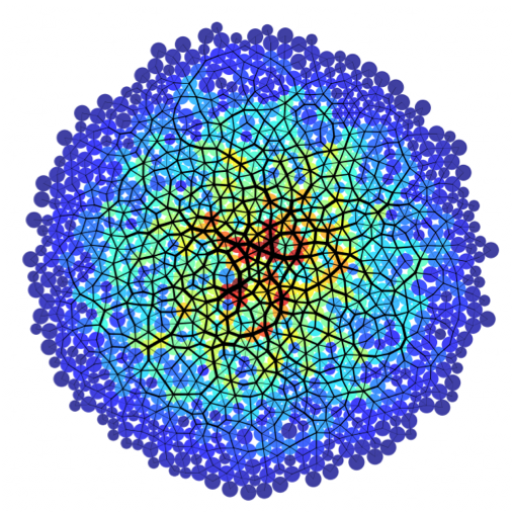Biological tissues share many properties with liquids, including a reproducible surface tension. Different types of tissues have different surface tensions, which can be used to predict cell sorting behavior in aggregates and morphogenetic movements during development. We have developed a minimal mechanical model for individual cells in an aggregate based on observations from confocal slices of cell aggregates. The model accounts for adhesion and cortical tension, and makes novel predictions about surface cell shapes that we verify experimentally. We show that there is an analytic solution for the surface tension which arises from the collective interactions of cells in ordered and disordered 2D and 3D aggregates, and show that the surface tension crosses over from a region with a strong dependence on adhesion to region where cortical tension dominates. This has important implications for drugs designed to alter macroscopic tissue properties. Furthermore, our analytic method also makes novel predctions for the surface energy of dry foams.
Paper: Coaction of intercellular adhesion and cortical tension specifies tissue surface tension. and Supporting information

